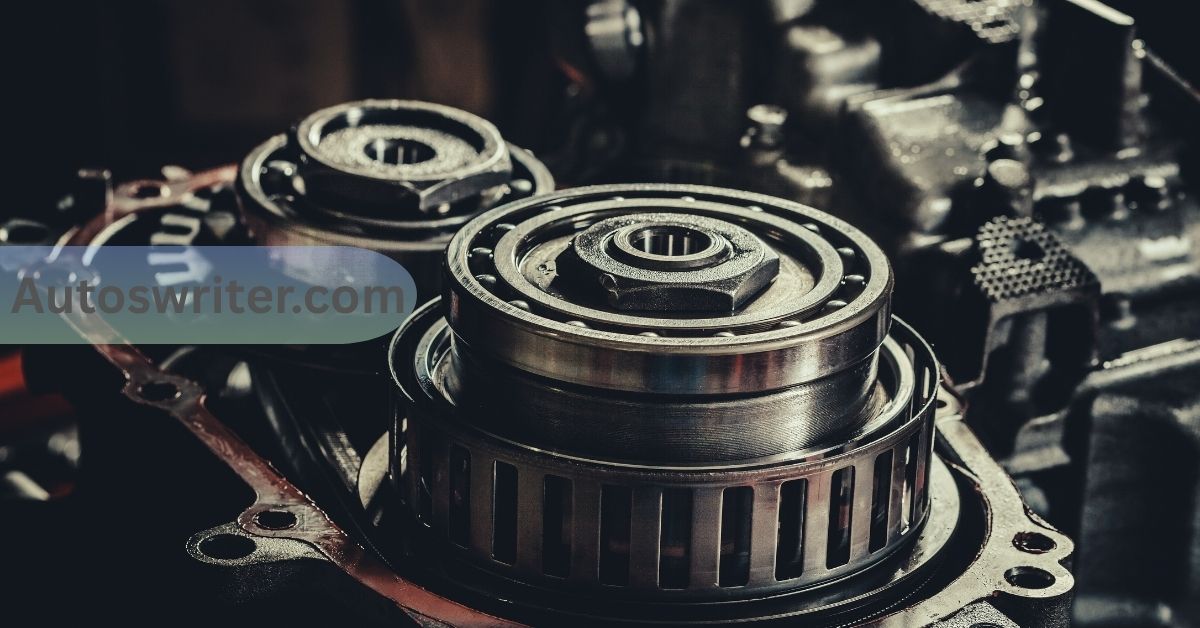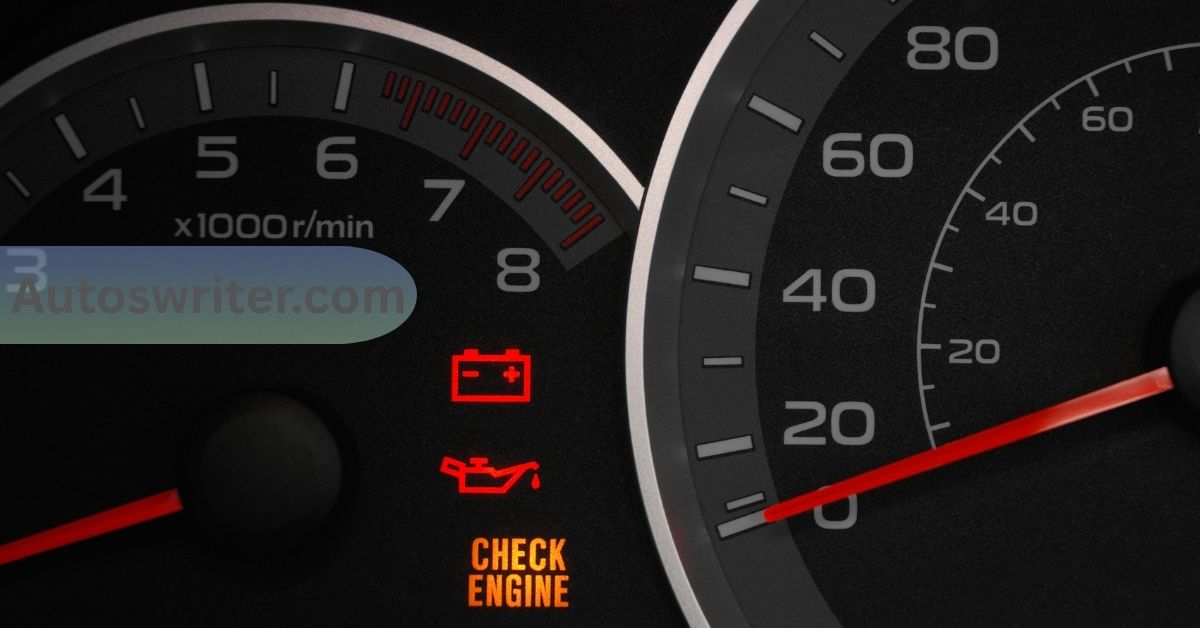Many Toyota drivers report CVT transmission problems, including slipping, jerking, banging, and overheating. Cars may surge forward or hesitate, especially at low speeds. Some report the engine revving high without good acceleration or sensing a shudder when coming to a stop.
Fluids can overheat or leak, causing smells or warning lights. In one case, a 2019 Corolla had a CVT pump impeller blade detach, causing the engine to stall and leading to a Toyota recall.
In general, symptoms include jerks or vibrations during launch, bucking during braking, and the activation of the transmission or check engine lights.
Belt CVT vs Hybrid eCVT:
Toyota uses two main CVT designs. The belt-driven CVT in cars like the Corolla, C-HR, and Yaris uses a metal belt or chain and variable pulleys. It relies on special CVT fluid for lubrication and cooling. These can wear or slip under heavy loads, especially when subjected to high torque or contaminated fluid. For example, owners note that hitting the gas hard or towing heavy weights can cause the belt to slip or overheat.
By contrast, Toyota’s eCVT (used in hybrids like the Prius, Camry Hybrid, and RAV4 Hybrid) employs planetary gearsets and electric motor generators instead of a belt. Technicians say this design has no physical belt or clutch and far fewer moving parts.
It automatically shifts power between engine and motors, so it feels like a CVT but is mechanically different. Many owners find the hybrid eCVT very reliable. One user noted that Toyota’s eCVT is “very robust” and simpler than a conventional automatic transmission. Thus, most hybrid Toyotas (such as the Prius and Camry Hybrid) rarely suffer from belt-CVT issues – they behave differently and are generally rock-solid.
Common CVT Issues by Model:
Some Toyota models equipped with CVTs have reported more issues. The table below summarizes common issues and any recalls or service campaigns:
| Model (Years) | CVT Type | Common Issues & Symptoms | Recalls / TSBs |
| Corolla (2019–2024) | Belt CVT | High engine revs, jerks in first gear, fluid overheating. Some owners feel a surge or bucking effect on slow starts. | 2019 Corolla recall J17/J07: CVT pump impeller blades can detach and stall engine. 2014–17 Corollas had a CVT software update (TSB J0D/JSD) to fix harsh shifting. |
| Corolla Cross (2020–2024) | Belt CVT | Similar to Corolla sedan: possible judder at launch, slight slipping under load, noise in Sport mode. | No major recalls known. Regular software updates only. |
| C-HR (2018–2020) | Belt CVT | Reports of premature failures. Owners describe complete transmission failure by ~78,000 miles. Can jerk or “hunt” between gears. | No official recall. Some owners have paid ~$10k–12k for replacements. |
| RAV4 Hybrid (2016–2024) | eCVT (hybrid) | Generally reliable. Some drivers report hesitation or lurching at low speed, which may be normal CVT behavior or low-battery mode. Rarely any belt slip or fluid issues since no belt is used. | No CVT recalls. Toyota hybrids use the same eCVT as Prius, which needs no belt fluid. |
| Camry Hybrid (2018–2024) | eCVT (hybrid) | Few issues reported. Some note high RPM sounds under hard acceleration, but no major failures. | No CVT recalls. Hybrid eCVT is well-tested (also in Prius/Highlander). |
| Yaris (2020–2023) | Belt CVT (in some markets) | Minor complaints of rough shifting or noise at low speeds. Occasional CVT fluid leaks in older models. | No major recalls. (Newer Yaris models have few CVT reports.) |
Owners driving heavy loads or in hot climates may see more CVT stress. The Corolla/Cross CVT is similar to those found in some Nissan cars, so problems such as belt wear or overheating can occur if it is not properly maintained. In one survey, a 2020 Corolla owner was told to wait 120,000 miles for a CVT fluid change, but experts strongly disagreed. (Mechanics often advise changing CVT fluid around 60,000–70,000 miles since old fluid can break down and hurt the transmission.)
Also Read: How to Reset Maintenance Light on Toyota-Step by Step Guide
Why Toyota CVTs Develop Issues:

1. Design limits:
CVTs use a belt or chain. If the car applies too much force to it (for example, from rapid starts or heavy loads), the belt can slip or stretch. Over time, this causes slipping, jerking, or even broken belts.
2. Heat buildup:
CVT belts generate heat when slipping. Without extra cooling, hot fluid can overheat and burn. Burnt fluid loses lubrication, which accelerates wear.
3. Fluid quality and maintenance:
Toyota CVTs need their special fluid. Allowing fluid to sit for too long (or adding the wrong fluid) can lead to problems. Some dealerships claim the CVT is “sealed for life,” but many owners change it much sooner to avoid trouble. Dirty fluid or a low fluid level (resulting from leaks) is a common root cause of failures.
4. Software calibration:
Between 2014 and 2017, early Corollas experienced CVT shift software issues. Toyota has launched a special campaign to update the CVT control software, addressing hard shifts and surging (at no charge to owners). If the software isn’t updated, the car can jolt between gear ratios.
5. Driving habits:
Rapid acceleration, such as “slamming the throttle” or frequent stop-and-go driving, can put undue stress on the CVT. Similarly, long hill climbs or towing (even though Toyota generally advises against towing with a CVT) put extra strain. Smooth, gradual acceleration helps longevity.
Toyota CVT Maintenance and Warning Signs:
To keep a CVT healthy:
1. Fluid changes:
Check your owner’s manual for recommended CVT fluid intervals. If unsure, many experts recommend changing the fluid every ~60,000 miles. Be sure any mechanic uses the correct Toyota CVT fluid.
2. Listen and feel:
Early warning signs include whining or grinding noises, shuddering or jerking during acceleration, or a delay before the car moves when you press the gas. Sometimes, a hot smell, such as burning oil, can indicate overheated transmission fluid.
3. Dashboard alerts:
A CVT fault often lights the CHECK ENGINE or specific transmission light. If the car suddenly goes into “limp mode” (underpowered with warning lights), have it checked immediately?
4. Visual checks:
Look under the car for red or brown fluid leaks (CVT fluid is typically red or green in colour). Inspect the transmission fluid colour: clean CVT fluid is usually a transparent pink or red; dark brown or opaque fluid indicates old or contaminated fluid.
5. Professional checks:
If you notice any issues, or if the car is still under Toyota warranty or recall coverage, schedule a dealer or qualified shop appointment. For example, if you own a recalled model, such as the 2019 Corolla, dealers must fix certain CVT problems at no charge.
Taking prompt action can prevent total failure. Owners on forums report that when they addressed the symptoms early (such as performing a fluid service or software update), they avoided major repairs. One owner even said he had “no issues at all” after driving gently and following the correct maintenance schedule.
Real-World Owner Experiences:
Feedback from drivers is mixed. Some Toyota owners praise their CVTs as trouble-free. For example, one Corolla owner reported no issues at all and advised others to avoid hard launches. Similarly, many RAV4 and Prius drivers report exceptionally long service lives with no transmission work required.
However, others have had bad experiences. In online discussions, multiple C-HR owners describe CVT as “implosions” under 80,000 miles. One C-HR owner reported that their 2020 car’s transmission failed at 78,500 miles, incurring a repair cost of approximately $11,000.
Another CH‑R driver said their CVT “failed under 100k” miles and vowed never to buy another Toyota. These stories suggest the 2018–2020 C-HR CVTs (built in a plant in Turkey) were less reliable than Toyota’s usual standards.
Toyota hybrids tend to get good marks. A Prius owner reported 250,000 miles on the eCVT with no issues. Others note that the Prius/Camry hybrid system, which Toyota calls an eCVT or “power split,” is not a true CVT and has even fewer failure points than a regular automatic transmission. In general, hybrid eCVTs are thought to last at least as long as standard transmissions in Toyotas.
Long-Term Reliability and Used-Car Tips:

In summary, Toyota’s CVTs are often more reliable than those of some competitors, but they do have some weak spots. Newer belt-type CVTs (Corolla, C-HR, Yaris) require special care. The hybrid eCVT systems (Camry, Prius, and RAV4 Hybrid) have fewer known failures. When shopping for a used Toyota with a CVT:
- Check service history: Look for records of CVT fluid changes and any software updates. If no record exists, consider having the fluid done early.
- Inspect for recalls/TSBs: Ask if any CVT recalls or campaigns apply. You can use Toyota’s recall lookup or ask a dealer for assistance. For example, verify whether a 2019 Corolla owner got the pump blade recall fix.
- Test drive thoroughly: Drive around town and on the highway to ensure a smooth ride. Listen for belt whining and note how the car accelerates from stops and at low speeds. Any jerking or surging is a red flag.
- Have it checked: Have a trusted mechanic or Toyota dealer test the CVT for errors. They can use a scanner to see transmission codes or do an inspection.
With proper care, most Toyota Continuously Variable Transmissions (CVTs) can last for many years. Replace the fluid as recommended, avoid abusive driving, and address any small symptoms promptly. Despite some horror stories, many Toyota CVT owners have experienced decades of trouble-free operation.
Also Read: Toyota Tundra Issues-What Owners Need to Know
Frequently Asked Questions:
Q1. How often should I change the CVT fluid in my Toyota?
While some Toyota dealers say the CVT is “sealed for life,” many independent mechanics and experienced owners recommend changing the CVT fluid every 60,000 to 70,000 miles. This helps prevent overheating, belt slippage, and long-term damage. Always use Toyota-specified CVT fluid for your model.
Q2. What are the early signs of a failing CVT transmission?
Common warning signs include:
- Jerking or shuddering when accelerating
- Delayed engagement when shifting from park to drive
- High engine revs with poor acceleration
- Whining or grinding noises
- A burning smell or overheating
- Check engine or transmission warning lights.
Addressing these early can help you avoid total transmission failure.
Q3. Is the CVT in Toyota hybrids, such as the Prius, the same as in the Corolla?
No. Toyota hybrids, such as the Prius, RAV4 Hybrid, and Camry Hybrid, utilize an eCVT, which is based on a planetary gearset with electric motors, eliminating the need for a belt or pulleys. It’s mechanically different and widely considered more reliable than the belt-driven CVTs in the Corolla, C-HR, or Yaris.
Q4. Is it safe to buy a used Toyota with a continuously variable transmission (CVT)?
Yes, but with caution. Focus on models with:
- Complete service records (especially CVT fluid changes)
- No signs of slipping or hesitation during a test drive
- No unresolved recalls or service campaigns
Hybrid Toyotas (e.g. Prius, RAV4 Hybrid) tend to be safer bets for long-term CVT reliability.
Q5. Which Toyota models have had the most CVT problems?
Based on owner reports and recall history:
- The 2019 Corolla had a major recall for a defective CVT pump impeller.
- The 2018–2020 C-HR has many reports of early transmission failure, sometimes under 80,000 miles.
- The Corolla and Corolla Cross models have been reported to experience belt noise, surging, or jerking, particularly when not properly maintained.
Conclusion:
Toyota’s CVTs (and hybrid eCVTs) generally prove durable, but they are not immune to issues. Belt-driven CVTs in the Corolla, C-HR, Yaris, and Corolla Cross have had the most reports of early wear, noise, and failure. The hybrid eCVT units in Prius, Camry Hybrid, and RAV4 Hybrid are much more robust and rarely need attention beyond normal maintenance. To avoid problems, owners should change CVT fluid by 60–70k miles, watch for slipping or harsh shifts, and get service if any warning signs appear.
When buying used, prioritize models with a documented maintenance history and check any past recalls or service campaigns. Ultimately, Toyota CVTs can be reliable if properly maintained. By understanding the symptoms (noisy belt slip, jerking, overheating) and acting on them early, drivers can enjoy smooth automatic shifts without surprises.



